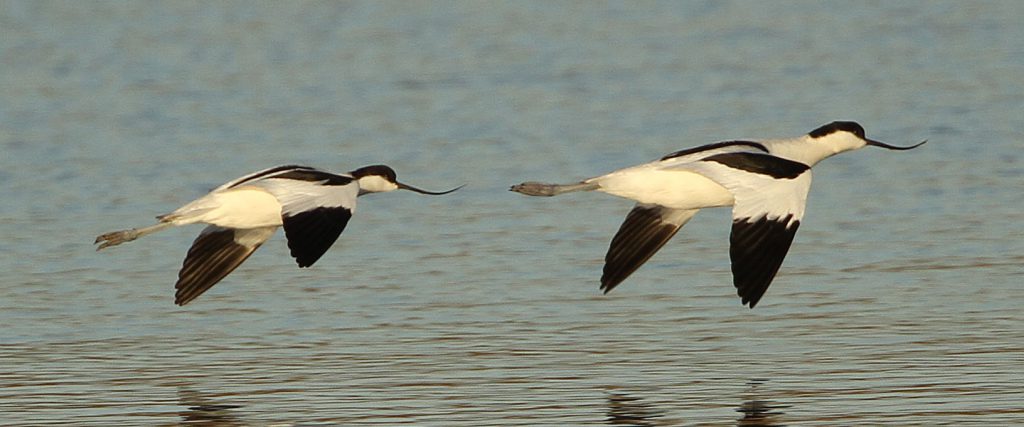About Us
The Plight of Waders in the UK and Suffolk
Overall it has been recognised that waterbirds in the UK have been declining for some time, the breeding water and wetland bird index in the UK showing that in 2014 populations were 15 per cent lower than their 1975 level. Historical declines in breeding wader numbers largely mirror these wider patterns in our waterbirds. Declines relate to changes in land management in this time such as increased drainage, the conversion of coastal and floodplain grazing marshes to arable land and the intensification of grassland management through activities such as stocking density. Where waders breed successfully they now tend to be in small fragments of high quality habitat, often on reserves or land under sympathetic management. Under these conditions the fragmentation of habitat means their nests and young are much more vulnerable to predation, than if there was more habitat available to them across the landscape. It is thought this is a major factor in limiting the recovery of several species.
Suffolk is home to three important populations of waders; lapwing (Vanellus vanellus), redshank (Tringa tetanus) and avocet (Recurvirostra avosetta). The data show that lapwing and redshank continue to decline nationally (50% and 59% declines since 1975 respectively). What is more, short term changes indicate that the declines for both species are increasing. Since 2008 lapwing have declined by 5.32% per year, redshank by 3.19% per year ( all data in this section from Wild Bird Populations in the UK 1970 to 2014, Defra).
Who are we?
The Suffolk Wader Strategy consists of a core group of organisations who have come together to arrest and reverse the decline in wader populations in Suffolk, with a focus on the coastal area. Together, as organisations working effectively in partnership, we have the ability to influence land management both on our nature reserves and more widely across the countryside. We are a partnership of conservation NGOs, government bodies and the private sector.
The Vision
‘By 2020 our breeding waders for which Suffolk has nationally important populations of (redshank, lapwing and avocet) are increasing. We will have a key set of reserves that compliment each other at a landscape scale, which together support exceptional breeding wader populations, underpinned by a long term strategic plan for dynamic habitat management. These will be complemented by key sites away from reserves that support healthy numbers of breeding waders through first class agri-environment support.’
The Strategy
The Suffolk Wader Strategy was established in March 2015 at a gathering of the partners at RSPB Minsmere. During the day there was an acknowledgement that despite our best efforts, redshank and lapwing continue to decline in numbers. There was also a recognition that avocet, whilst faring rather better, are still at risk from pressures such as habitat loss through coastal change. Furthermore, there was an appreciation among the partners that managing our reserves in isolation, however effectively, was not enough to reverse this decline. We recognised we had to do something, we had to think differently.
We realised we had to work more closely together, to share ideas and to share our experiences and breadth of knowledge. We recognised site managers could help each other and offer support to over come challenges. We also saw that Natural England advisors and reserve site managers would benefit from this exchange of knowledge. Finally we decided we need a defined list of sites, both natures reserves and locations in the wider landscape, needed to be established, where the Suffolk Wader Strategy could focus effort.
